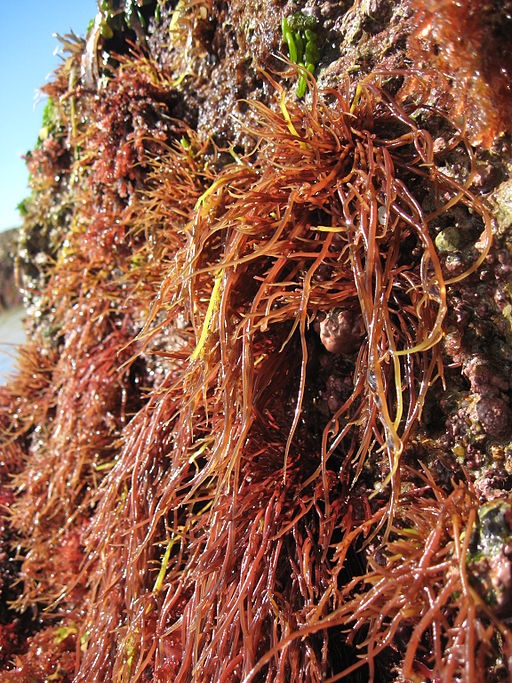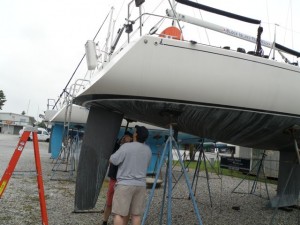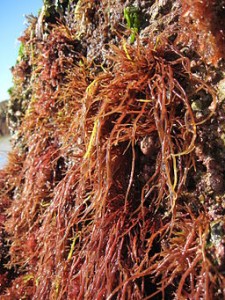Decisions…bottom paint #1

A boat that sits in saltwater for more than a few days at a time must have anti-fouling bottom paint, otherwise the hull becomes covered in a delightful variety of slime, weed, barnacles, sponges, etc. For a marine biologist, having a marine ecosystem travel along with you could be fantastic, but for a boat where performance is valued, that growth represents drag and potential fouling of the boat’s systems.
The typical way to prevent marine growth on the bottom of a boat is by applying paint with “toxic” additives that repel marine life. If our only goal was to minimize marine growth we would just buy 2 gallons of Petit Trinidad SR. Loaded with copper, Trinidad works well, and generally better than the alternatives. 12 years ago when there really were no alternatives, we used Trinidad on our previous sailboat, Earendil, and it worked well. Oh, if only the world were so simple. Now that we are older and wiser, or at least more aware, we now know that copper is a major pollutant of our waterways – in many US ports, levels of copper exceed the levels required under the US Clean Water Act. A similar situation exists in many other countries, and several northern European countries have even banned the use of copper in bottom paint. In short, copper is bad for the environment, and many governments are taking steps to reduce copper entering the water.
So, now 12 years on from when we sailed to Mexico on Earendil are there better alternatives to Petit Trinidad? Yes and no. From an environmental standpoint, there are now viable copper-free paints. From an effective standpoint, the copper paints tend to rank better than the so-called “environmental” paints, and for many, Petit’s Trinidad is still the leader.

The bottom of Shearwater is the smoothest of all the boats we have ever owned...keeping it that way will be the challenge.
And now we start down the road of compromise. Do we compromise on the environmental impact we have on our waterways or do we compromise on the effectiveness of keeping marine growth off our sleek, high performance sailboat?
Sign up to receive blog updates

Leave a Reply